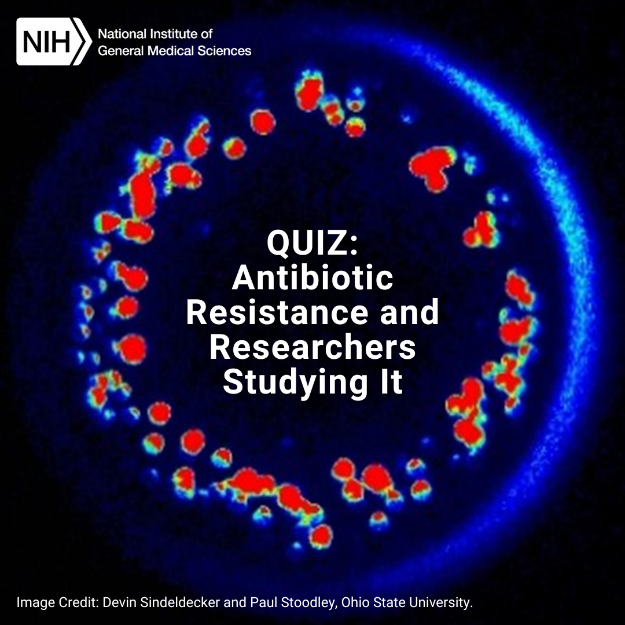Antibiotics are a class of drugs that treat bacterial infections. They may seem common now, but they were discovered less than a century ago. In 1928, Alexander Fleming, a scientist studying bacteria, found that mold from his bread kept bacteria from growing. He determined that “mold juice” was able to kill different types of harmful bacteria, and he and his assistants worked to figure out what natural product in the mold was actually causing the killing. It turned out to be penicillin!
Thanks to Fleming’s discovery, doctors have been successfully treating bacterial infections with penicillin and other newer antibiotics. But in recent years, some infections that were once treatable with antibiotics no longer respond to them. Some of these infections can be treated with multiple rounds of different antibiotic treatments, but others aren’t treatable at all—even leading to death in some cases.
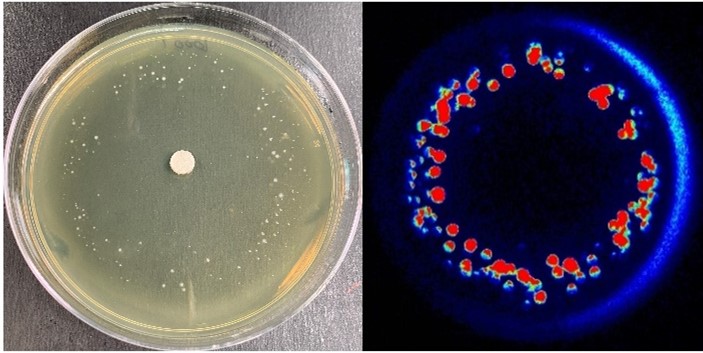
The quiz below will test your knowledge of bacterial infections with examples from some of the scientists we’ve recently featured on the blog who explore new ways to fight these infections. Access the original blog posts at the bottom of the quiz to learn more about each of the researchers and their work.
Results
Share...
Share...
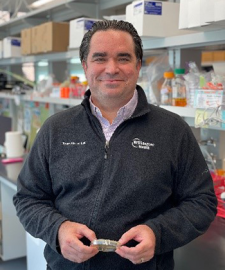
#1. Dr. Victor Torres studies “the dance between a bacterium and its host.” His lab is looking for new ways to prevent and treat infections, especially those that aren’t responding to medications. What is the term used to describe these types of infections?
The correct answer is C. Antibiotic resistance occurs when bacteria change in ways that make antibiotic medicines ineffective.
Image Credit: Keenan Lacey, Ph.D.
Share...

#2. Dr. Ry Young looks for “self-destruct buttons” in bacteria that he hopes will enable researchers to develop new antibiotics to target bacterial infections. He uses viruses that infect bacteria to point out these “buttons.” What are these viruses called?
The correct answer is B. Bacteriophages are viruses that infect bacteria.
Image Credit: Texas A&M University.
Share...
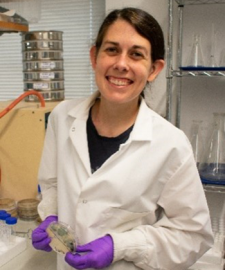
#3. Many antibiotics used today originated from bacteria, and Dr. Elizabeth Parkinson’s lab focuses on identifying natural products from soil-dwelling bacteria that could potentially be used as new antibiotics. What is a natural product?
The correct answer is A. A natural product is a molecule produced by a living organism—a plant, marine organism, or microorganism—that often has a medicinal use.
Image Credit: Courtesy of Dr. Elizabeth Parkinson.
Share...
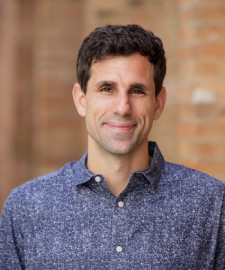
#4. Dr. César de la Fuente thinks that tackling big problems like antibiotic resistance "require many minds that think differently working together." He programs computers to search for new antibiotics with his team of scientists. What type of scientists might be involved in this work?
The correct answer is D. In addition to chemists, microbiologists, and bioengineers, Dr. de la Fuente also has physicists and computer scientists working in his lab.
Image Credit: Martí E. Berenguer.
Share...
From MARC Student to MacArthur Fellow (Dr. Victor Torres)
How Bacteria-Infecting Viruses Could Save Lives (Dr. Ryland Young)
Career Conversations: Q&A with Organic Chemist Elizabeth Parkinson
Career Conversations: Q&A with Bioengineer César de la Fuente

This post is a great supplement to Pathways: The Superbug Issue.
Both this post and Pathways discuss antibiotic resistance.
Learn more in our Educator’s Corner.


